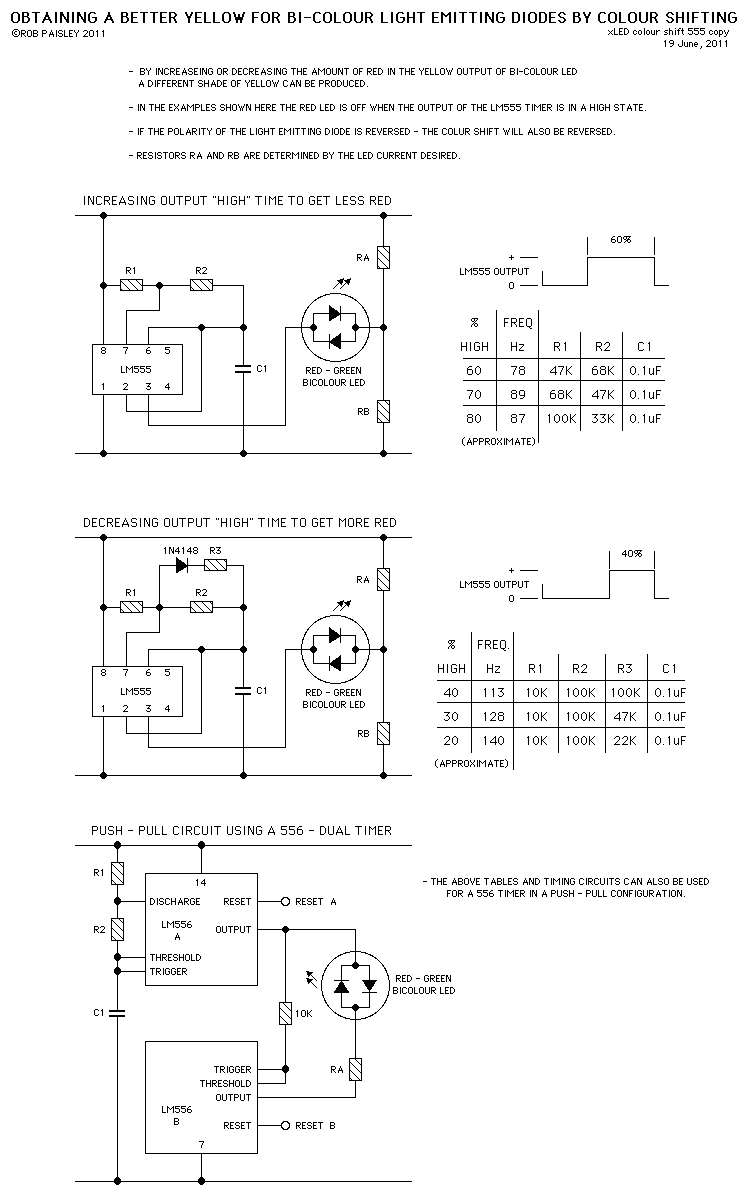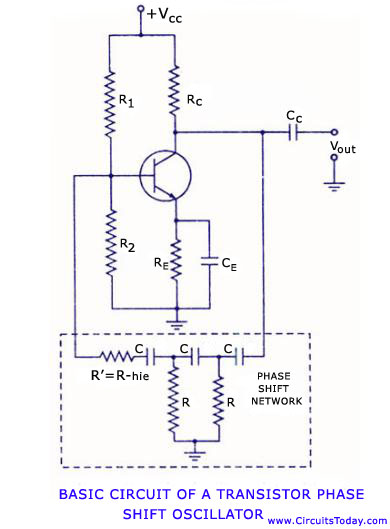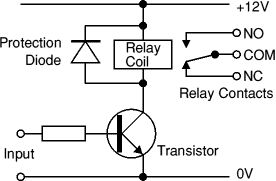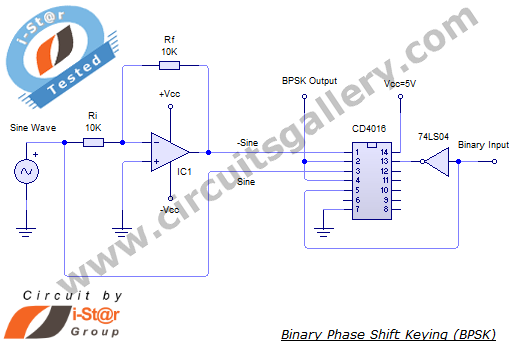
Shift register
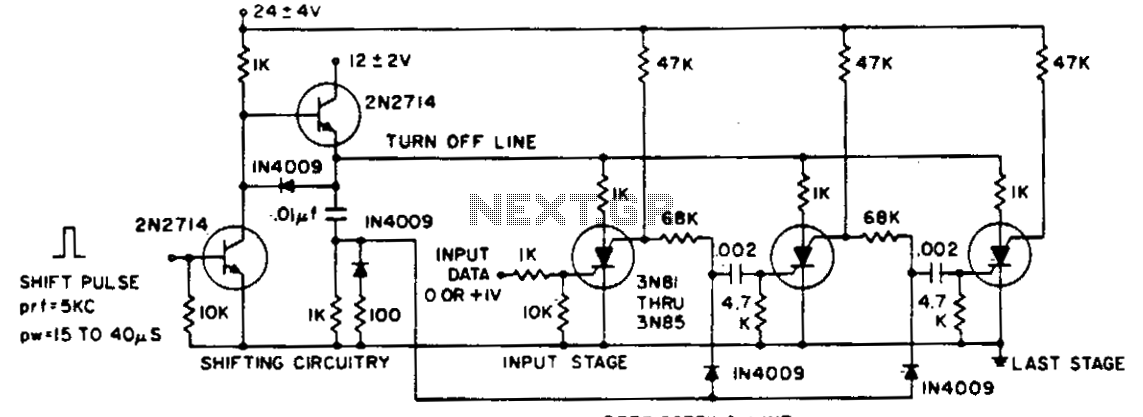
The shift pulse amplitude is less than 15 volts. If a stage is off, the shift pulse will not be coupled to the next stage. If it is on, the diode will conduct triggering the next stage. Just prior to the shift pulse, the anode supply is interrupted to turn off all stages. The stored capacitor charge determines which stages will be re-triggered.
The described circuit operates on a shift pulse mechanism, which is characterized by an amplitude of less than 15 volts. This pulse serves as a control signal for a multi-stage system, where each stage can be either active or inactive. When a stage is inactive (off), the shift pulse is effectively blocked and does not propagate to the subsequent stage, ensuring that only active stages can influence the operation of the following components.
In an active stage, the presence of the shift pulse allows for conduction through a diode, which serves as a pathway for the pulse to trigger the next stage in the chain. This mechanism is crucial for cascading operations where the output of one stage directly influences the input of the next. The timing of the shift pulse is critical, as it determines the sequence of operation among the stages.
Before the shift pulse is applied, there is a deliberate interruption of the anode supply, which serves to deactivate all stages. This interruption ensures that the system is in a known state before the shift pulse is introduced, thus preventing any unintended triggering of stages.
The charge stored in the capacitors plays a pivotal role in determining which stages will be re-triggered upon the application of the shift pulse. The voltage across these capacitors influences the threshold at which the stages can be activated, allowing for selective triggering based on the previous state of the system. This design is particularly useful in applications requiring precise control over multiple stages, such as in digital signal processing or sequential logic circuits.The shift pulse amplitude is less than 15 volts. If a stage is off, the shift pulse will not be coupled to the next stage. If it is on, the diode will conduct triggering the next stage. Just prior to the shift pulse the anode supply is interrupted to turn off all stages. The stored capacitor charge determines which stages will be re triggered. 🔗 External reference
The described circuit operates on a shift pulse mechanism, which is characterized by an amplitude of less than 15 volts. This pulse serves as a control signal for a multi-stage system, where each stage can be either active or inactive. When a stage is inactive (off), the shift pulse is effectively blocked and does not propagate to the subsequent stage, ensuring that only active stages can influence the operation of the following components.
In an active stage, the presence of the shift pulse allows for conduction through a diode, which serves as a pathway for the pulse to trigger the next stage in the chain. This mechanism is crucial for cascading operations where the output of one stage directly influences the input of the next. The timing of the shift pulse is critical, as it determines the sequence of operation among the stages.
Before the shift pulse is applied, there is a deliberate interruption of the anode supply, which serves to deactivate all stages. This interruption ensures that the system is in a known state before the shift pulse is introduced, thus preventing any unintended triggering of stages.
The charge stored in the capacitors plays a pivotal role in determining which stages will be re-triggered upon the application of the shift pulse. The voltage across these capacitors influences the threshold at which the stages can be activated, allowing for selective triggering based on the previous state of the system. This design is particularly useful in applications requiring precise control over multiple stages, such as in digital signal processing or sequential logic circuits.The shift pulse amplitude is less than 15 volts. If a stage is off, the shift pulse will not be coupled to the next stage. If it is on, the diode will conduct triggering the next stage. Just prior to the shift pulse the anode supply is interrupted to turn off all stages. The stored capacitor charge determines which stages will be re triggered. 🔗 External reference
